Service Centers
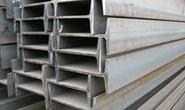
Ryerson Sees Margin Pressure in 2H 2014
Written by Sandy Williams
March 17, 2015
Ryerson Holding Company, a leading distributor and processor of metals, announced a net loss of $25.7 million for 2014. Revenues increased 4.7 percent last year to $3.6 billion, but $32.7 million in IPO-related expenses and costs associated with partial redemption of Senior Notes negatively impacted earnings.
“We showed year-over-year improvement in our key metrics for 2014, despite second half margin pressure driven by metal price deflation, high metal import levels and high service center level inventories,” said Mike Arnold, Ryerson’s president and chief executive officer. “For the year, we continued to effectively manage gross margins, expenses and working capital. And, the company captured a steady expansion in our targeted areas of processed plate and long products. Based on Adjusted EBITDA, excluding LIFO, we had one of our best performances in years.”
Total shipments in 2014 were 2,204,000 tons, a decrease of 0.7 percent from 2013. Average annual selling price per ton was $1790 and average cost per ton was $1497. Carbon steel shipments were down 2.2 percent year over year at $1,577,000, although sales increased 3.1 percent to $1,900 million.
Fourth quarter revenues were 8.2 percent year over year and down 8.4 percent sequentially from third quarter 2014. Ryerson shipped 1,577,000 tons of carbon steel in 2014, down 2.2 percent from 2013.
Fourth quarter shipments of 471,000 tons were down 9.1 percent from third quarter. Average selling price during the quarter was $1,844/ton. Carbon steel shipments totaled 363,000 tons for net sales of $441 million.
Ryerson acquired Fay industries, a privately owned metals service company, at the end of 2014.
During the earnings conference call Edward J. Lehner, Executive Vice President and CFO was asked about trade cases and pricing margins. “We are certainly not preparing any trade cases, but I would say there is certainly a lot of talk in the industry about that and when it comes it will come. I think you can project reasonably well what the impact of that may be.”
He noted that the current market environment includes operating rates below 70 percent and a lot more planned and unplanned outages. Metals pricing has declined in the past twelve months with aluminum down 20 percent, stainless 40-50 percent from its peak, and carbon down 25-30 percent from $670 to $490.
“So certainly the issue today is margin compression, getting inventories short, moving our average cost closer to replacement cost, looking to reset that margin profile, and looking for demand to pick up seasonally and even structurally so that inventories correct and margin profiles start to expand,” said Lehner.
“One thing we see in the decelerating price environment, we see customers sitting on their hands, no one is building inventory now. And, as long as prices continue to fall, that is also playing into it in terms of the current environment,” added Kevin Richardson, President, South-East Region. “The deceleration of prices has started to abate somewhat. Directionally it is still going down but not to the extent it has been, so it is hard to see. I would say we think it will probably bottom out in the second quarter.”
When asked about import prices, Lehner responded, “Import deliveries are peaking in first quarter and at same time orders placed for import are falling.” Spreads have narrowed between domestic and import making imports less attractive, said Lehner, with those who thought they made advantaged import buys in Q3 and Q4 seeing prices erode by time of delivery.
Lehner suggests when approaching imports, “Be selective by category. I would certainly expect in this environment, if prices remain whether they are, domestic vs. international, and the dollar can influence that, but looking at capacity utilization rates, we would anticipate import orders and the rate that those orders are placed will decline unless spreads start to go out again and demand picks up significantly.”

Sandy Williams
Read more from Sandy WilliamsLatest in Service Centers
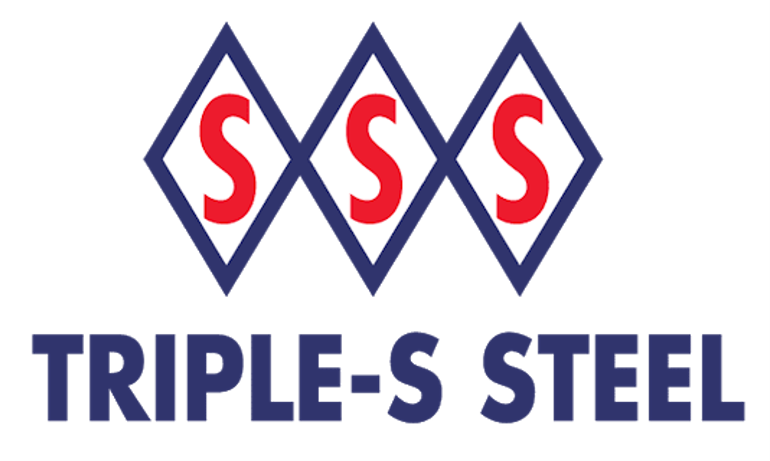
Triple-S closes on American Stainless Tubing buy
Triple-S Steel Holdings has closed on its previously announced acquisition of American Stainless Tubing.
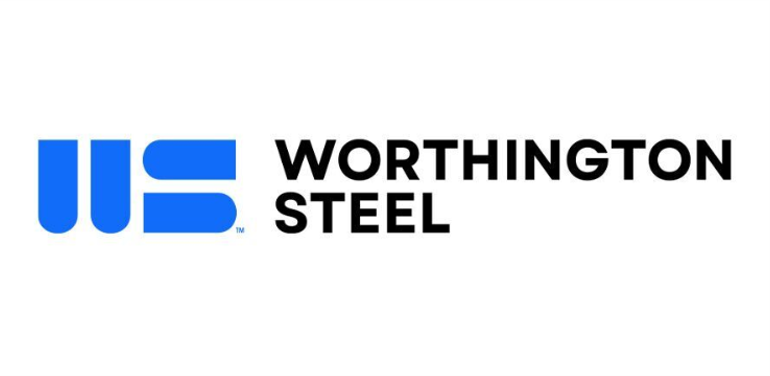
Worthington Steel fiscal Q4 profit rises despite sales drop
Worthington Steel earnings rose while sales fell in its fiscal fourth quarter.
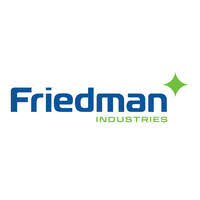
Friedman’s profits tick higher on record quarterly sales volumes
Friedman Industries' earnings increased in its fiscal fourth quarter ended March 31.

Worthington expands European presence with closing of Sitem deal
The Ohio-based steel processor is now the majority owner of Italy's Sitem Group, which has six manufacturing sites across Italy, Switzerland, Slovakia, and France.
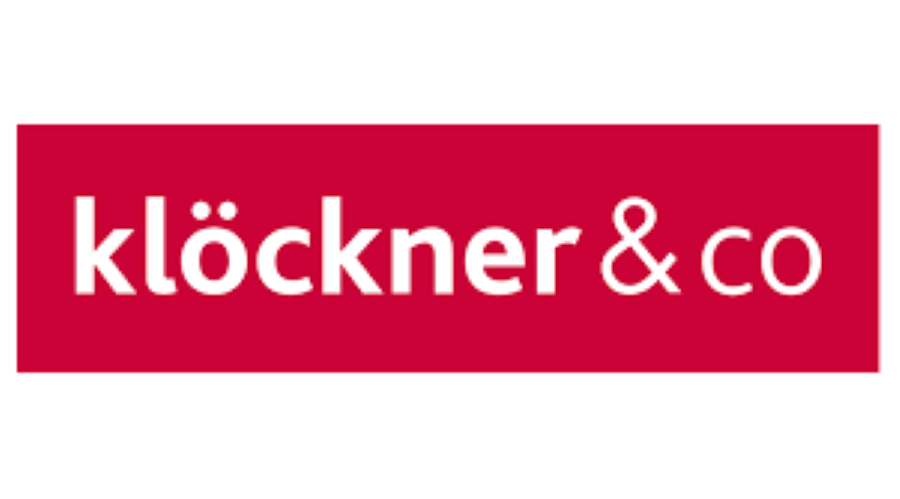
Klöckner narrows Q1 loss, targets growth in North America and Europe
Germany’s Klöckner & Co. reported a narrower loss in the first quarter as the company targets becoming the “leading” service center and metal processing firm in North America and Europe by 2030.
